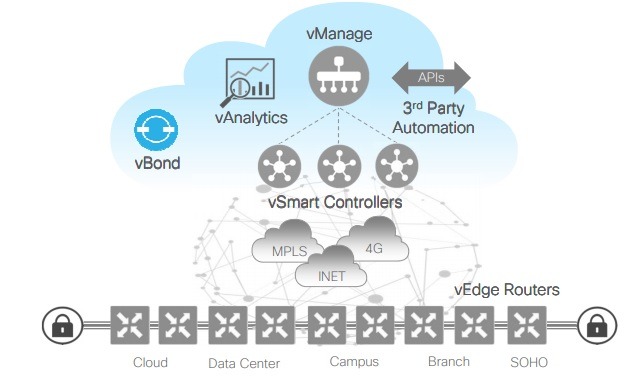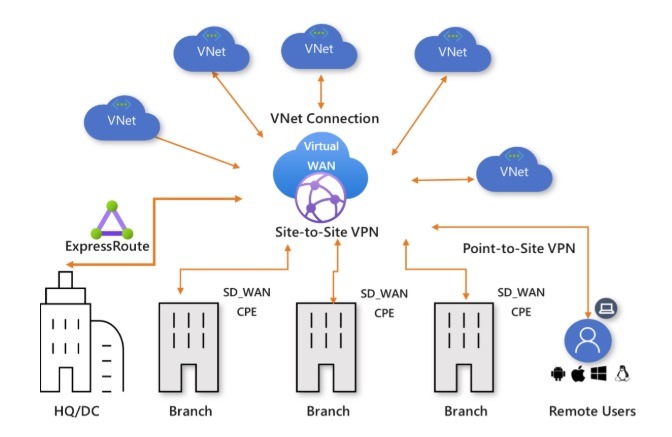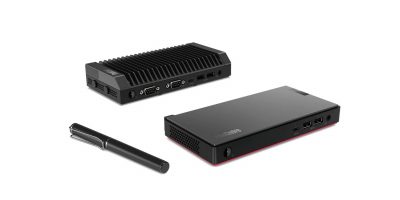
In the age of IoT, networking operations are no longer confined to a data center. As there can be an unlimited number of connected devices in a wide area network (WAN), it is not feasible to have multiple two-way traffic exchanges from the device to the data center and back. While it’s important to manage the connected devices’ bandwidth, QoS, and security settings, you can no longer push the policies from a central server alone.
Instead, the traffic has to be segmented into “micro” data centers in a distributed architecture so that the smart meters, thermostats, and remote sensors get their desired levels of cloud access. What this means is that the remote device users, including smart device users, need more independence and controls to decide the networking path that is easiest for them to handle huge data workloads.
Software-Defined Wide Area Networks (SD-WAN) are becoming increasingly important in providing desired levels of segregation for the remote clients of WAN. Let’s take a closer look into its details.
What Is Software-Defined Wide Area Network (SD-WAN)?
A software-defined wide area network (SD-WAN) is a critical network management solution used in scenarios where many connected devices are present in remote areas. It supports a multi-directional network optimization scheme where the bandwidth, QoS and other network parameters are not controlled by a central data center but an array of micro data centers (virtual LAN) throughout the network which all share common admin policies, security protocols and other service level agreement (SLA) standards.
The edge devices where the services are implementable are connected through four technologies: MPLS, frame relay, 4G/LTE and broadband. For example, Cisco has an SD-WAN architecture consisting of edge routers at campus, branch, data centers and cloud analytical tools. End users need not bother with whether the data is being hosted at a distant cloud or a nearby vLAN as they get nearly the same QoS and layers of security. It also allows site-to-site VPN.

SD-WAN is currently big with all major cloud service providers. Microsoft’s Azure, Amazon’s AWS, Google Cloud have rolled out their own SD-WAN offerings for enterprises, and it is fueling the next level of growth in their cloud businesses. There are many industrial and smart city applications where SD-WAN is playing a crucial role. Thus, there are hardware devices such as IoT routers that have been configured to support SD-WAN.
Impact of SD-WAN on IoT
Because of its decentralized distribution, SD-WAN is highly suited for IoT applications. The network is more reliable, secure and optimal for all sorts of IoT devices. Some of the practical uses of SD-WAN in IoT include:
- AWS using SD-WAN to understand which applications and services will consume more bandwidth in coming weeks and months. Thus, they can optimize their Internet speeds accordingly.
- Microsoft using SD-WAN nuggets to optimize the applications that would require more traffic. All the data can be viewed on Azure’s universal portal and consists of a series of VNets.

- Cisco using SD-WAN to deliver predictable applications, faster speeds, enhanced security, and to be scalable for more apps. Cisco allows users to build an overlay network yjsy all data traffic passes around. Cisco SD-WAN provides the base of Office 365, 5G and other developer-centric applications that are well-known. Faster networks are crucial to establishing the importance of 5G in such a network.
- Smart vehicles will be a crucial application for SD-WAN.
Conclusion
SD-WAN offers a robust security infrastructure that can connect a great variety of smart devices, sensors, and encrypted software. As a result, it meets the connectivity demand of IoT enterprises, which cannot afford any downtime on their deployed platforms.
Are you working with SD-WAN? Please contribute your ideas here in the comments.









